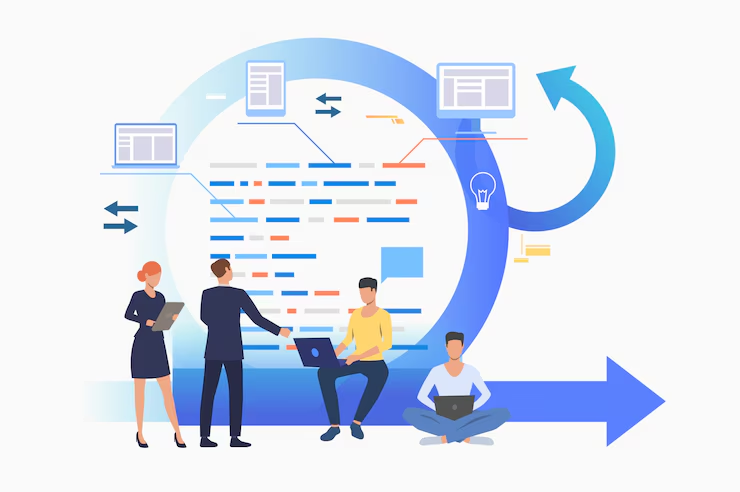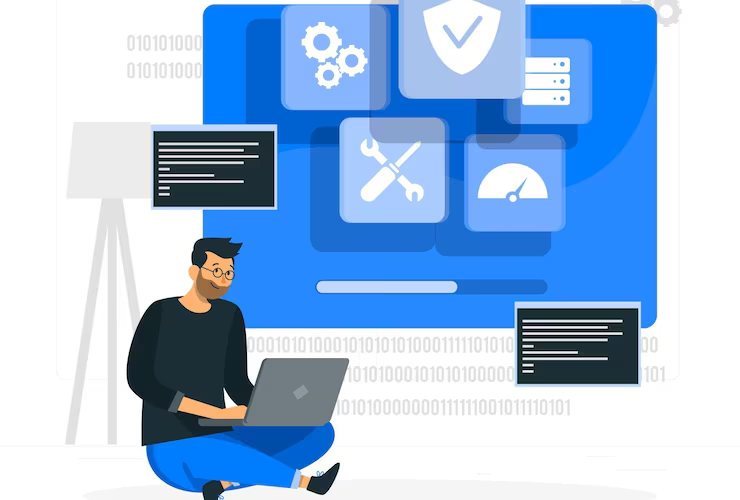The Software Development Lifecycle Explained
The Software Development Lifecycle (SDLC) is a structured process used to design, develop, and deploy software applications. It ensures that projects are delivered efficiently, meet quality standards, and satisfy user requirements. Here are the key stages of SDLC:
1. Planning
This initial phase involves identifying project goals, requirements, and feasibility. Stakeholders collaborate to define objectives, timelines, and budgets, setting the foundation for the entire project.
2. Requirement Analysis
Detailed analysis of user needs and business requirements takes place here. The output is a clear, documented list of functionalities and features that the software must include.
3. Design
The design phase focuses on creating the architecture of the software. This includes user interface design, database structure, and overall system workflow. Wireframes and prototypes may be developed to visualize the final product.
4. Development
In this stage, developers write the actual code based on the design specifications. This is typically the longest phase and requires adherence to coding standards and best practices.
5. Testing
Before deployment, the software undergoes rigorous testing to identify and fix bugs or performance issues. Testing ensures the software is stable, secure, and meets user expectations.
6. Deployment
Once tested, the software is deployed to a live environment. This phase includes installation, configuration, and final user acceptance testing.
7. Maintenance
Post-deployment, the software enters the maintenance phase, where updates, enhancements, and bug fixes are implemented based on user feedback and changing requirements.
Understanding the SDLC helps businesses and developers collaborate effectively, ensuring project success and delivering high-quality software solutions.




